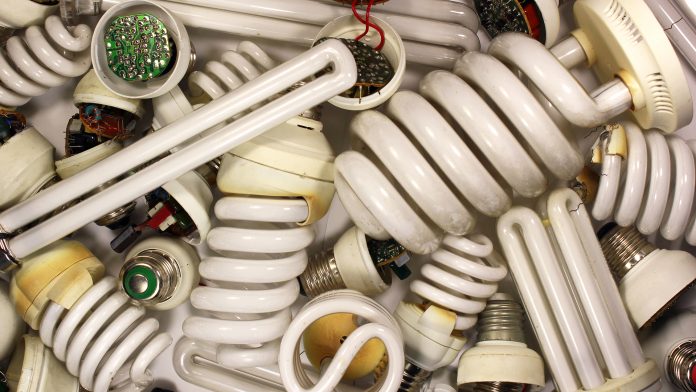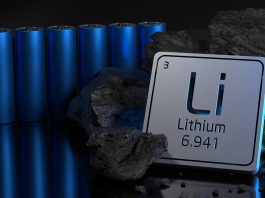Discarded fluorescent bulbs have previously been recycled for glass and mercury, but researchers have found that they could also be used to recycle rare earths.
Rare earths, a group of 17 metals, are not yet widely available and aren’t easily extracted with existing recycling methods, despite their societal importance.
Now, a team of researchers have discovered a new method to collect slightly magnetic particles from spent fluorescent bulbs that contain rare earths.
The magnetised chromatography method is detailed in the journal ACS Sustainable Chemistry and Engineering.
Challenges with rare earth recycling
Because of their unique magnetic, electrical, and optical characteristics, rare earths are used in many modern technologies, such as electric vehicles and microchips.
However, untapped deposits of these metals are rare.
On top of this, large-scale methods to recycle rare earths from outdated devices are a challenge because the metals are integrated into different components and are only present in small amounts.
Rare earths in fluorescent bulbs
Mixtures of rare earth-based phosphors, the substances that contribute to a light’s colour, are found in a thin coating inside the fluorescent bulb.
Because of this, the team wanted to develop a low-tech method to easily collect these phosphors. The method would take advantage of the elements’ weak magnetic properties.
The team utilised a magnetic field
In their rare earth recycling method, the researchers used a wire coil to apply a magnetic field to a glass chromatography column filled with stacked disks of stainless-steel mesh. A demonstration sample was then prepared, which was passed through the column to see if it could capture the phosphors.
The team first obtained three different weakly magnetic rare earth phosphors from a lamp manufacturer. They then mimicked old fluorescent lamp parts by mixing the phosphor particles in a liquid solution with nonmagnetic silica oxide and strongly magnetic iron oxide nanoparticles. These represented glass and metal components in the bulbs.
When the liquid was injected and flowed through the chromatography column, the phosphors and iron oxide nanoparticles stuck to the magnetised stainless-steel mesh. The water and silica particles flowed out the other end.
Removing the phosphors
The team removed the phosphors from the column by slowly reducing the strength of the external magnetic field while rinsing the column with liquid.
The magnetic iron oxide nanoparticles were released from the column when the magnetic field was turned off.
A 93% recovery rate
The researchers found that their method recovered 93% of the rare earth phosphors from the initial mixture that mimicked lamp components.
Although more work is needed to separate individual rare earths from phosphors and to scale the method for industrial recycling applications, the team believe that their approach is a step forward in rare earth recycling for a more sustainable future.









